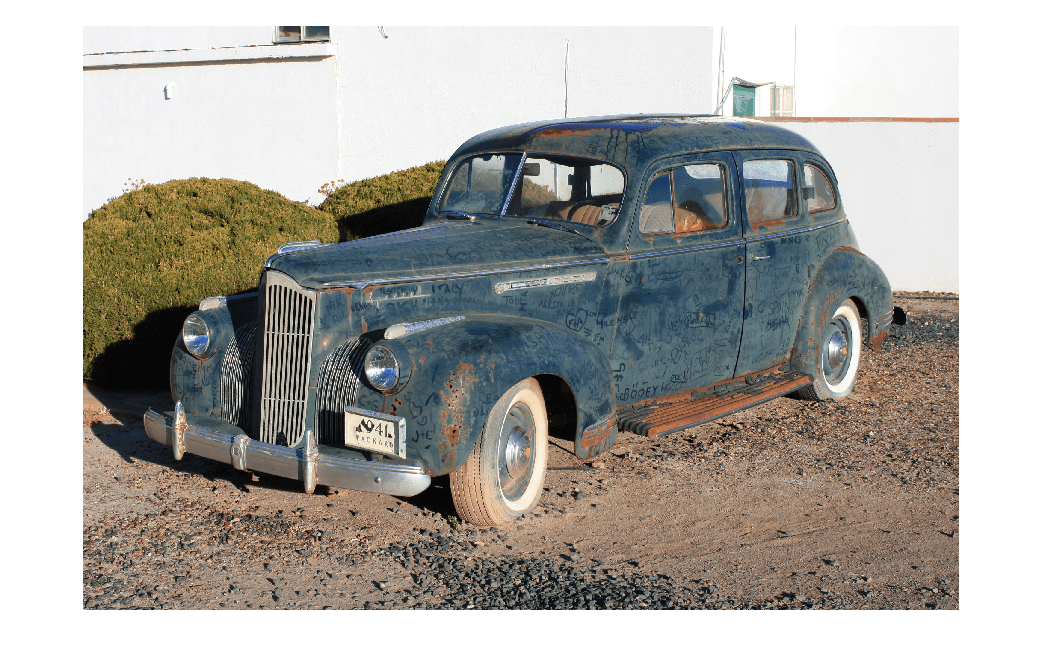brisque
Blind/Referenceless Image Spatial Quality Evaluator (BRISQUE) no-reference image quality score
Description
score = brisque(I)I
using the Blind/Referenceless Image Spatial Quality Evaluator (BRISQUE).
brisque compares I to a default model
computed from images of natural scenes with similar distortions. A smaller score
indicates better perceptual quality.
Examples
Input Arguments
Output Arguments
Algorithms
brisque predicts the BRISQUE score by using a support vector
regression (SVR) model trained on an image database with corresponding differential mean
opinion score (DMOS) values. The database contains images with known distortion such as
compression artifacts, blurring, and noise, and it contains pristine versions of the
distorted images. The image to be scored must have at least one of the distortions for
which the model was trained.
References
[1]
[2]
Version History
Introduced in R2017b

